Non-Realistic Animal Sketches: Exploring Fun & Abstract Styles
Art has always been a powerful medium for self-expression, allowing individuals to convey emotions, ideas, and perspectives in unique ways. Among the many artistic styles, non-realistic animal sketches stand out for their playful, imaginative, and abstract interpretations. These creative artworks push beyond traditional boundaries, embracing whimsy and artistic freedom. Whether you're an aspiring artist or an admirer of unconventional art, this article will dive into the exciting world of non-realistic animal sketches, exploring techniques, inspirations, and their impact on both artists and audiences.
The Magic of Non-Realistic Animal Sketches
Non-realistic animal sketches break away from traditional depictions, prioritizing creativity over accuracy. Artists use exaggerated features, bold colors, and abstract forms to bring their animal subjects to life in fresh and unexpected ways. This approach transforms animals into captivating, dreamlike characters that challenge perception and evoke emotion.
Key Characteristics of Non-Realistic Sketches
-
Exaggeration: Oversized eyes, elongated limbs, or distorted proportions create a sense of humor and intrigue.
-
Abstract Forms: Animals may be depicted using geometric shapes, patterns, or fluid lines rather than realistic anatomy.
-
Vivid Colors: Bright and unconventional color palettes enhance the playful nature of these sketches.
Finding Inspiration in the Unconventional
The beauty of non-realistic animal sketches lies in their ability to tell a story beyond what meets the eye. Artists often draw inspiration from various sources, including:
-
Nature and Wildlife: Observing real animals can inspire exaggerated and whimsical interpretations.
-
Folklore and Mythology: Many cultures have legendary creatures that spark creativity.
-
Personal Emotions and Experiences: Expressing feelings through playful animal sketches adds a deeply personal touch.
-
Cultural and Social Themes: Art can be a powerful commentary on society, often using exaggerated depictions to highlight issues such as animal conservation and environmental concerns.
This fusion of creativity and storytelling is beautifully captured in custom pet canvas, where beloved pets are reimagined in regal, whimsical, or playful styles, turning them into unique artistic expressions.
Techniques for Creating Non-Realistic Animal Sketches
Creating non-realistic animal sketches involves a variety of techniques that encourage spontaneity and creativity. Artists often experiment with bold colors, exaggerated features, and abstract forms to transform their subjects into unique works of art. This approach is similar to the way Crown & Paw’s custom pet canvas reimagines beloved pets in playful, regal, or whimsical styles, turning them into one-of-a-kind masterpieces.
Line Work and Shapes
One of the fundamental techniques in non-realistic sketches is the use of line work and shapes. Artists often employ:
-
Fluid Lines: Curved and flowing lines can create a sense of movement and energy, making the sketches feel alive.
-
Geometric Shapes: Using basic shapes like circles, triangles, and squares can simplify complex forms, allowing for a more abstract representation.
Additionally, artists may experiment with varying line thicknesses to create depth and emphasis within their sketches. Thicker lines can outline the main features of the animal, while thinner lines can be used for finer details, creating a dynamic contrast that draws the viewer's eye. This interplay of line weight not only enhances the visual interest but also allows for a playful interpretation of the subject, encouraging artists to break free from conventional representations.
Color Application
Color plays a crucial role in non-realistic sketches, as it can set the mood and tone of the artwork. Techniques include:
-
Watercolor Washes: Soft washes of color can create a dreamy effect, blending hues seamlessly.
-
Bold Markers: Bright markers can produce striking contrasts, drawing attention to specific elements of the sketch.
Artists often explore unconventional color palettes that deviate from the natural hues of the animals they depict. For instance, a lion might be illustrated with vibrant purples and oranges, evoking a sense of fantasy and whimsy. This approach not only challenges traditional perceptions but also invites viewers to engage with the artwork on a more emotional level, as colors can evoke feelings and memories that resonate with personal experiences.
Mixed Media Approaches
Incorporating various materials can enhance the depth and texture of non-realistic animal sketches. Artists often experiment with:
-
Collage Elements: Adding paper cutouts or fabric can introduce new textures and dimensions.
-
Digital Tools: Software applications allow for endless manipulation of colors and forms, enabling artists to explore possibilities beyond traditional methods.
In addition to these techniques, artists might also integrate found objects, such as feathers or leaves, into their sketches, creating a tactile experience that invites viewers to interact with the artwork. This fusion of traditional and contemporary methods not only broadens the scope of artistic expression but also encourages a dialogue between the artwork and its audience, as each piece becomes a unique narrative woven from diverse materials and inspirations.
Popular Themes in Non-Realistic Animal Sketches
These sketches often feature themes that resonate with both artists and audiences:
-
Whimsical Creatures: Merging different animals or adding fantasy elements, like a cat with butterfly wings or a dog wearing a crown.
-
Animal Personalities: Giving animals human-like traits—an owl reading a book or a fox sipping coffee.
-
Environmental Commentary: Using exaggerated depictions to highlight issues like climate change and wildlife conservation.
The Impact of Non-Realistic Animal Sketches on Society
The influence of non-realistic animal sketches extends beyond the art world. They have the power to shape perceptions, inspire creativity, and foster connections among individuals. This section discusses the broader implications of this artistic style.
Encouraging Creativity and Imagination
Non-realistic animal sketches encourage both artists and viewers to think outside the box. By presenting animals in unconventional ways, they inspire creativity and imagination. This can lead to:
-
Innovative artistic expressions
-
Creative problem-solving skills
-
Enhanced appreciation for art and nature
Moreover, these sketches often challenge the traditional boundaries of artistic representation. By distorting proportions, using vibrant colors, or incorporating abstract elements, artists invite viewers to engage with their work on a deeper level. This interaction can spark new ideas and perspectives, not only in the realm of art but also in various fields such as design, education, and even technology. As individuals explore these imaginative interpretations, they may find themselves inspired to create their own unique works, further enriching the cultural landscape.
Building Community and Connection
Art has the ability to bring people together, and non-realistic animal sketches are no exception. They often serve as conversation starters, fostering connections among individuals who share similar interests. Community events, workshops, and online platforms dedicated to this art form allow artists to:
-
Share techniques and ideas
-
Collaborate on projects
-
Support one another in their artistic journeys
In addition to fostering artistic collaboration, these gatherings can also promote a sense of belonging and shared identity among participants. As artists showcase their work and discuss their inspirations, they create a supportive environment that encourages experimentation and growth. This communal aspect not only strengthens relationships among artists but also draws in art enthusiasts and casual observers, creating a vibrant ecosystem where creativity flourishes. The shared experience of appreciating non-realistic animal sketches can lead to lasting friendships and networks that extend beyond the art community.
Raising Awareness for Animal Welfare
Through their whimsical and often exaggerated representations, non-realistic animal sketches can raise awareness about animal welfare issues. Artists can use their work to:
-
Highlight endangered species
-
Promote conservation efforts
-
Encourage responsible pet ownership
This artistic approach can resonate with audiences on an emotional level, prompting them to take action in support of animals. By infusing humor and charm into their depictions, artists can engage viewers who might otherwise overlook serious topics. For instance, a playful sketch of a fantastical creature could lead to discussions about real-world conservation challenges, making the subject more accessible and relatable. Several artists collaborate with animal welfare organizations, donating a portion of their proceeds or creating specific pieces to raise funds for rescue efforts. This symbiotic relationship between art and activism highlights the potential of non-realistic animal sketches to not only entertain but also educate and inspire positive change in society.
Getting Started with Non-Realistic Animal Sketches
For those interested in exploring non-realistic animal sketches, the journey can be both exciting and fulfilling. This section offers tips and resources to help aspiring artists embark on their creative adventure.
Essential Tools and Materials
Having the right tools can significantly enhance the sketching experience. Here are some essential materials to consider:
-
Pencils: A range of pencils, from hard to soft, can help achieve different textures.
-
Markers and Pens: These are great for bold lines and vibrant colors.
-
Watercolors or Acrylics: These mediums can add depth and richness to sketches.
Finding Inspiration
Inspiration can be found in various places. Here are some suggestions to spark creativity:
-
Visit local zoos or aquariums to observe animals in different settings.
-
Explore nature trails and parks to observe wildlife.
-
Engage with online art communities to share and discover new ideas.
Practice and Experimentation
Like any skill, creating non-realistic animal sketches requires practice. Artists should not be afraid to experiment with different styles, techniques, and materials. Keeping a sketchbook dedicated to this exploration can help track progress and inspire new ideas.
Showcasing Non-Realistic Animal Sketches
Once the sketches are complete, showcasing them can be an exciting next step. This section discusses various avenues for sharing artwork with a broader audience.
Online Platforms and Social Media
In the digital age, sharing art online has never been easier. Artists can utilize platforms such as:
-
Instagram: A visual platform perfect for showcasing sketches and engaging with followers.
-
Behance: A professional platform for sharing portfolios and connecting with other creatives.
-
ArtStation: A community for artists to display their work and receive feedback.
Local Art Shows and Exhibitions
Participating in local art shows and exhibitions can provide valuable exposure. Artists can:
-
Network with other artists and art enthusiasts
-
Receive constructive feedback on their work
-
Potentially sell their art to interested buyers
Creating Art Books or Zines
For those looking to compile their work, creating an art book or zine can be a rewarding project.
This allows artists to:
-
Document their artistic journey
-
Share insights and techniques with others
-
Distribute their work in a tangible format
Conclusion
Non-realistic animal sketches are a wonderful way to let your creativity run wild, blending imagination with artistic expression. Whether you’re sketching for fun, making a statement, or creating a whimsical keepsake, this art form offers endless possibilities.
Have a custom pet art idea in mind? Get in touch with Crown & Paw to bring your vision to life!





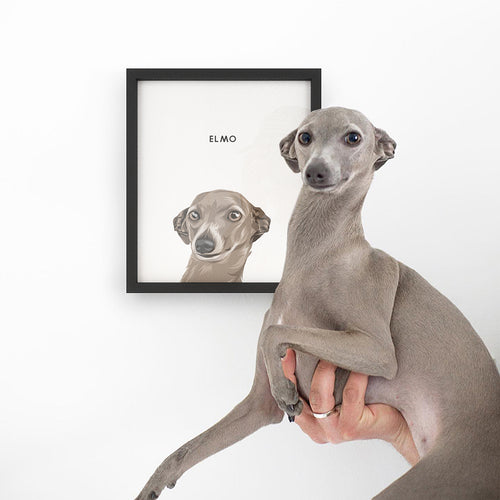
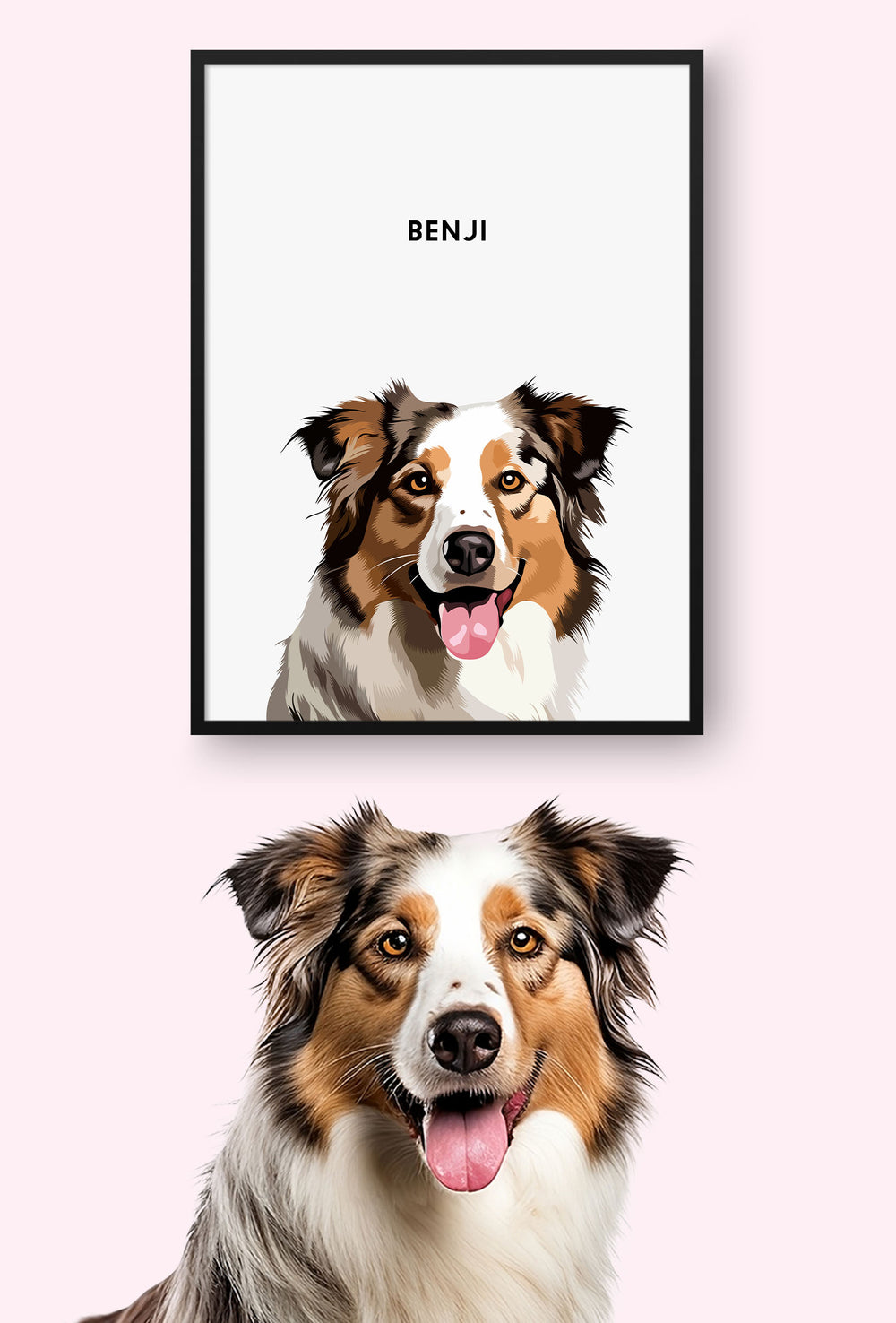
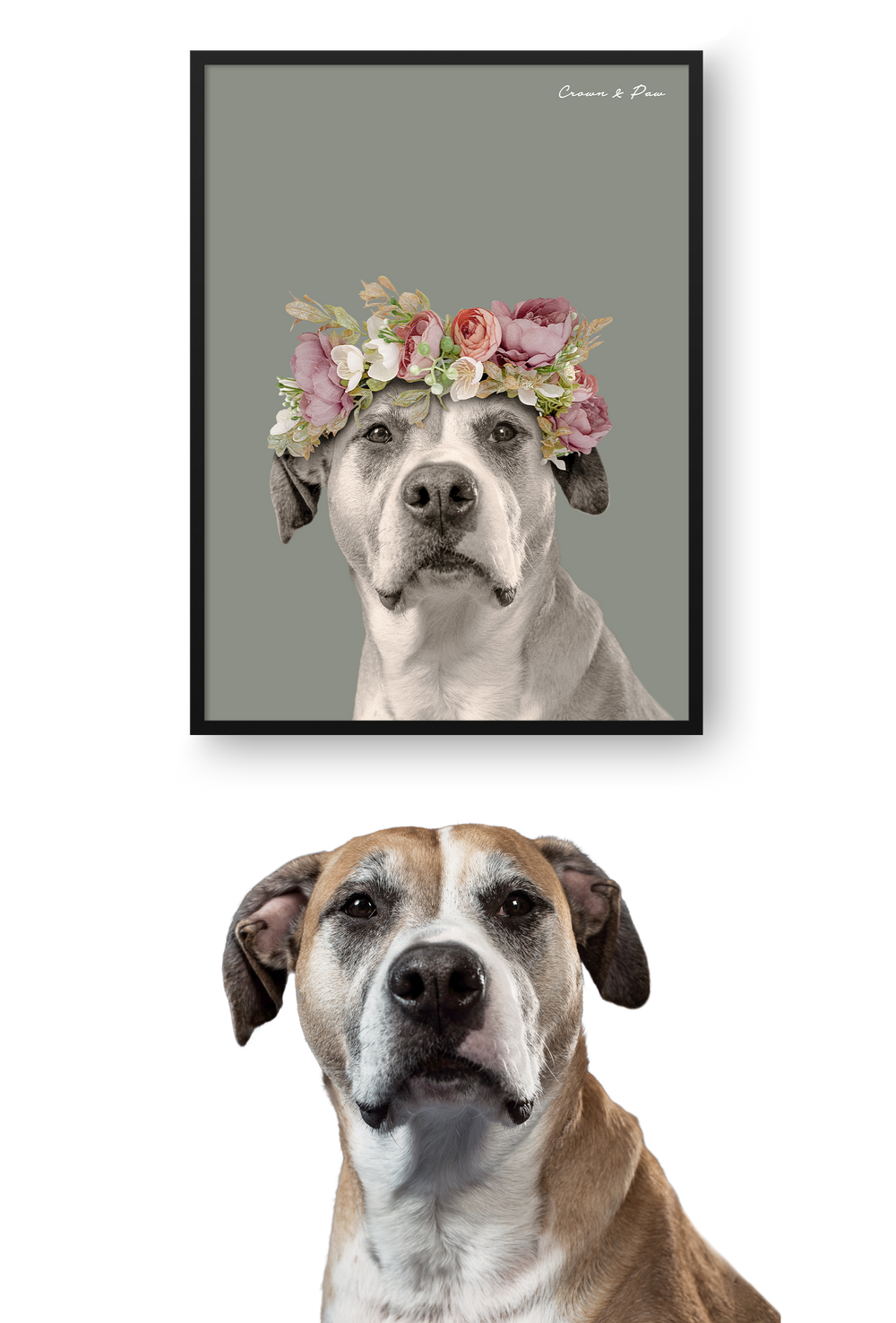
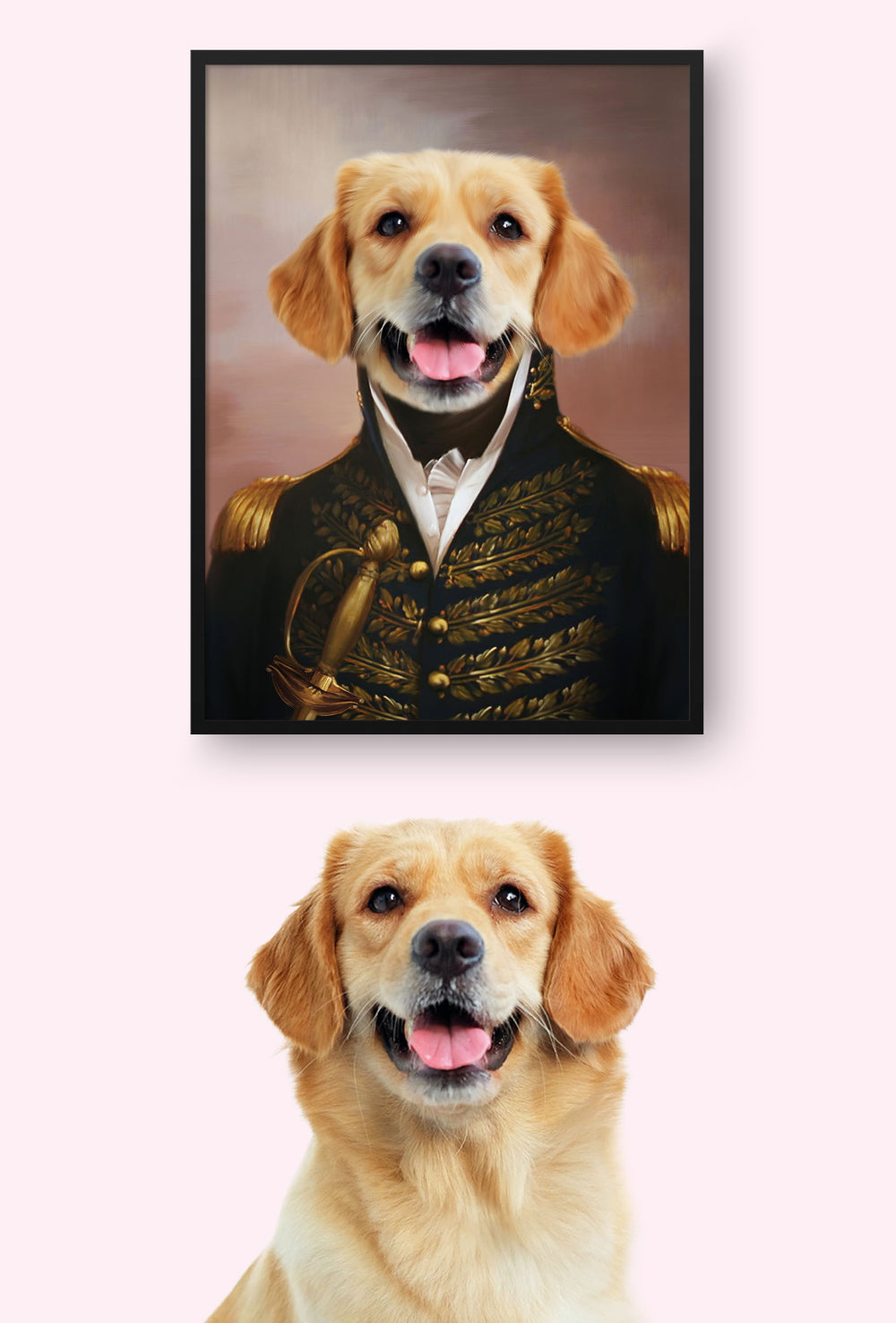
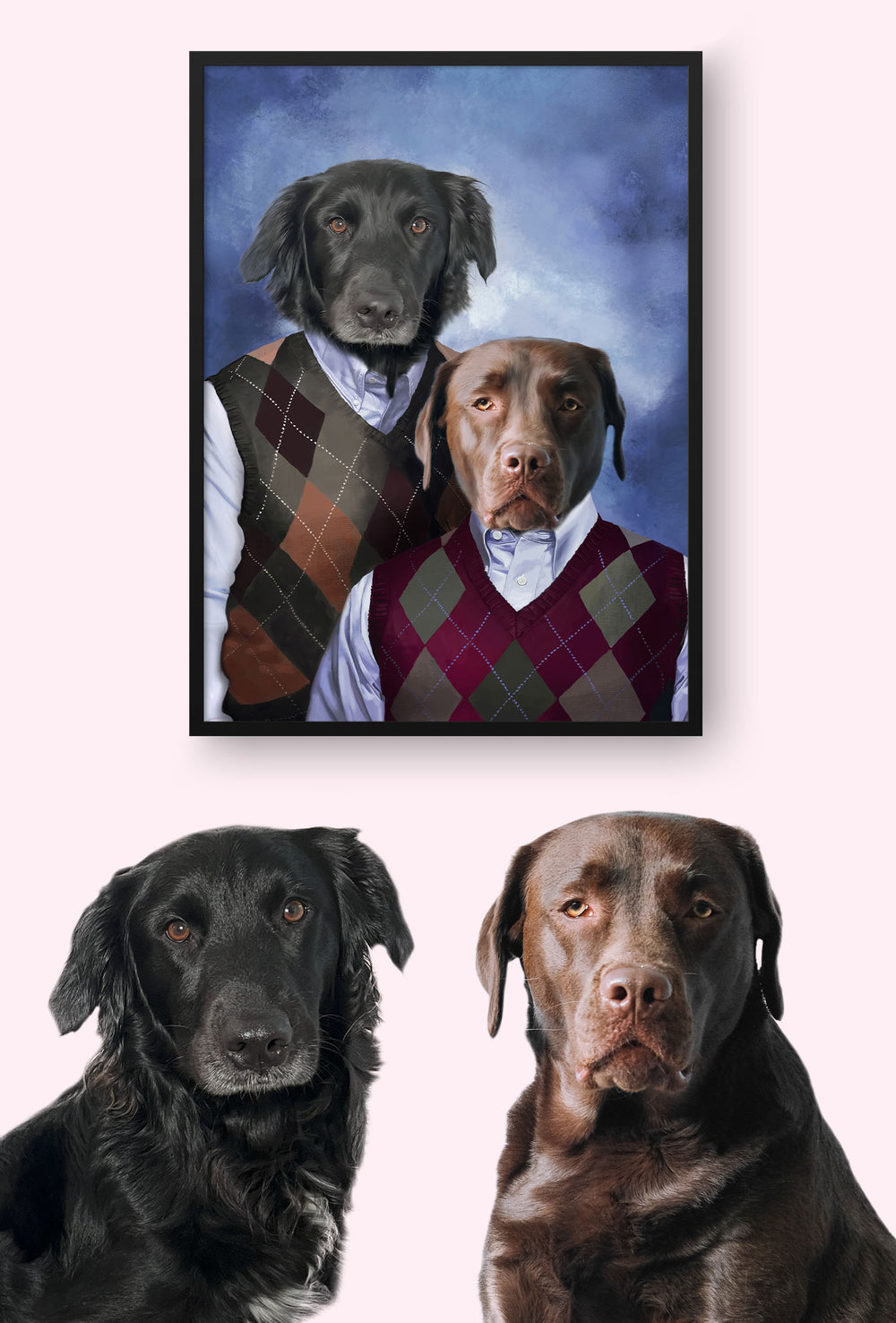


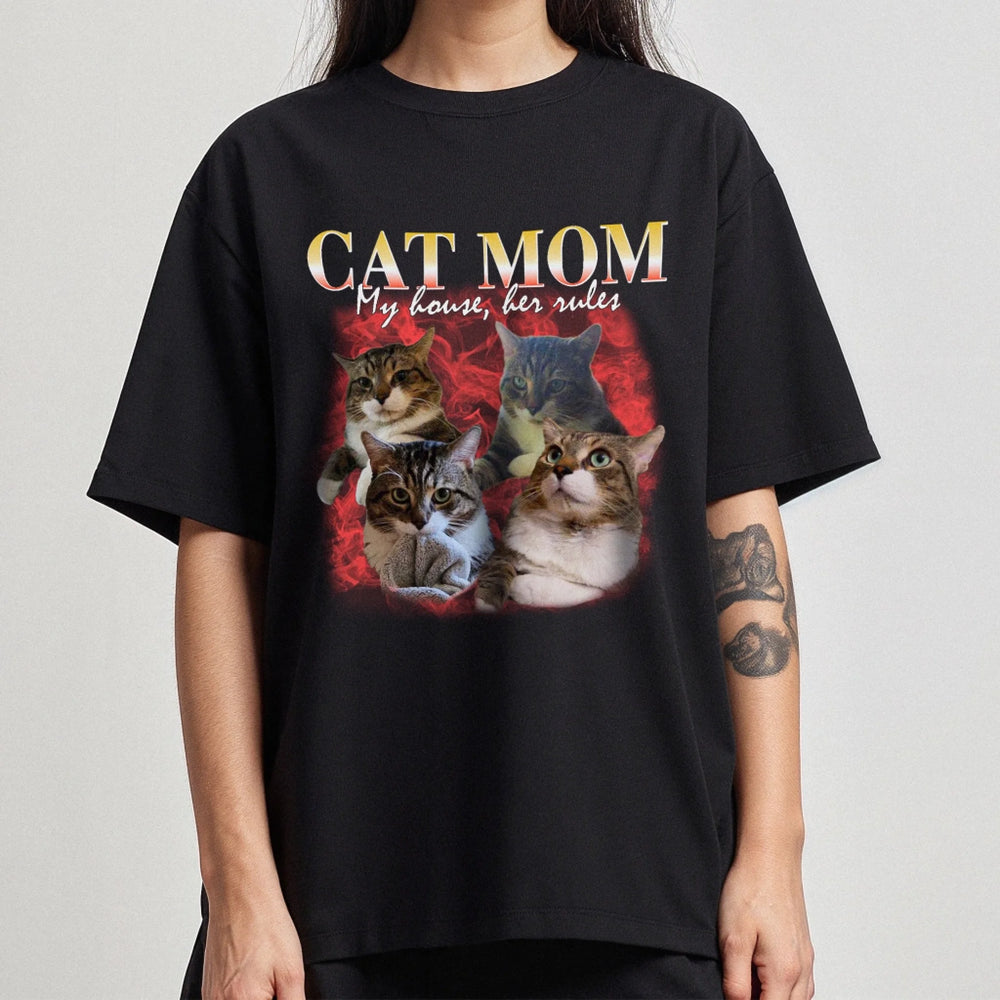

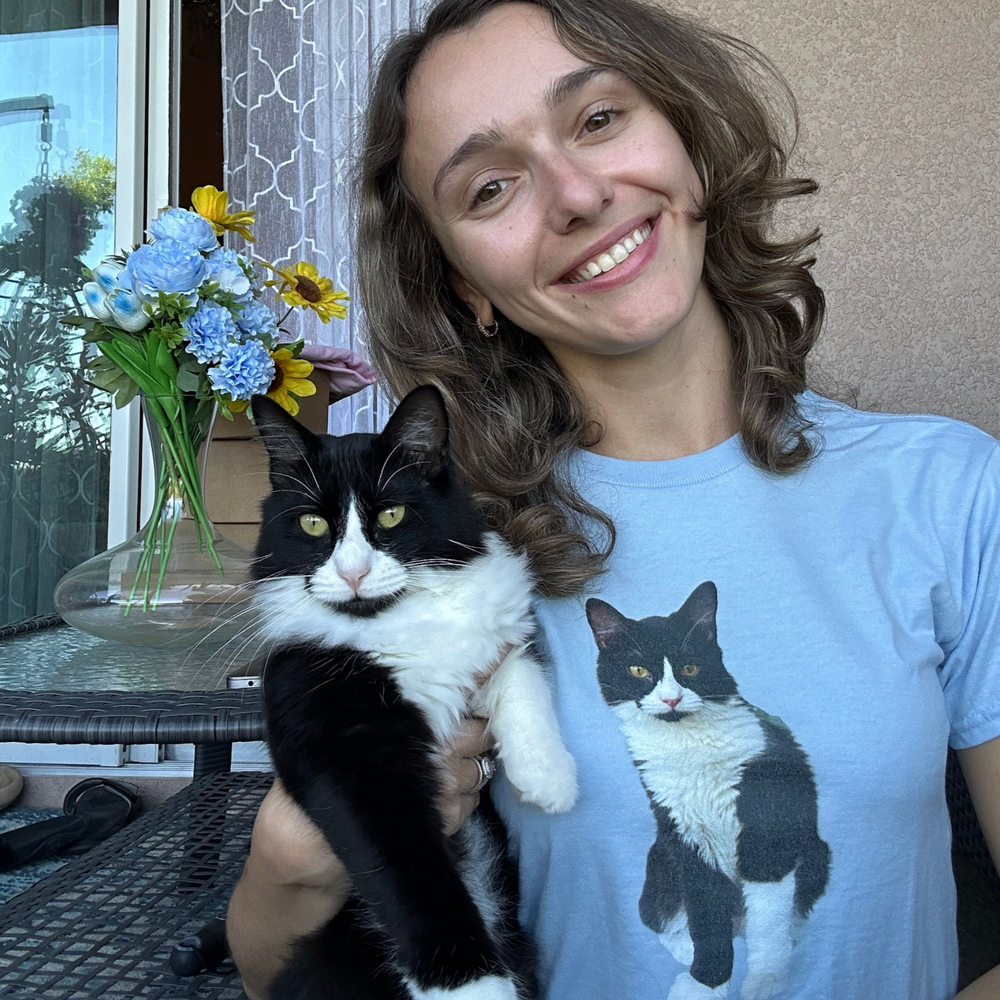
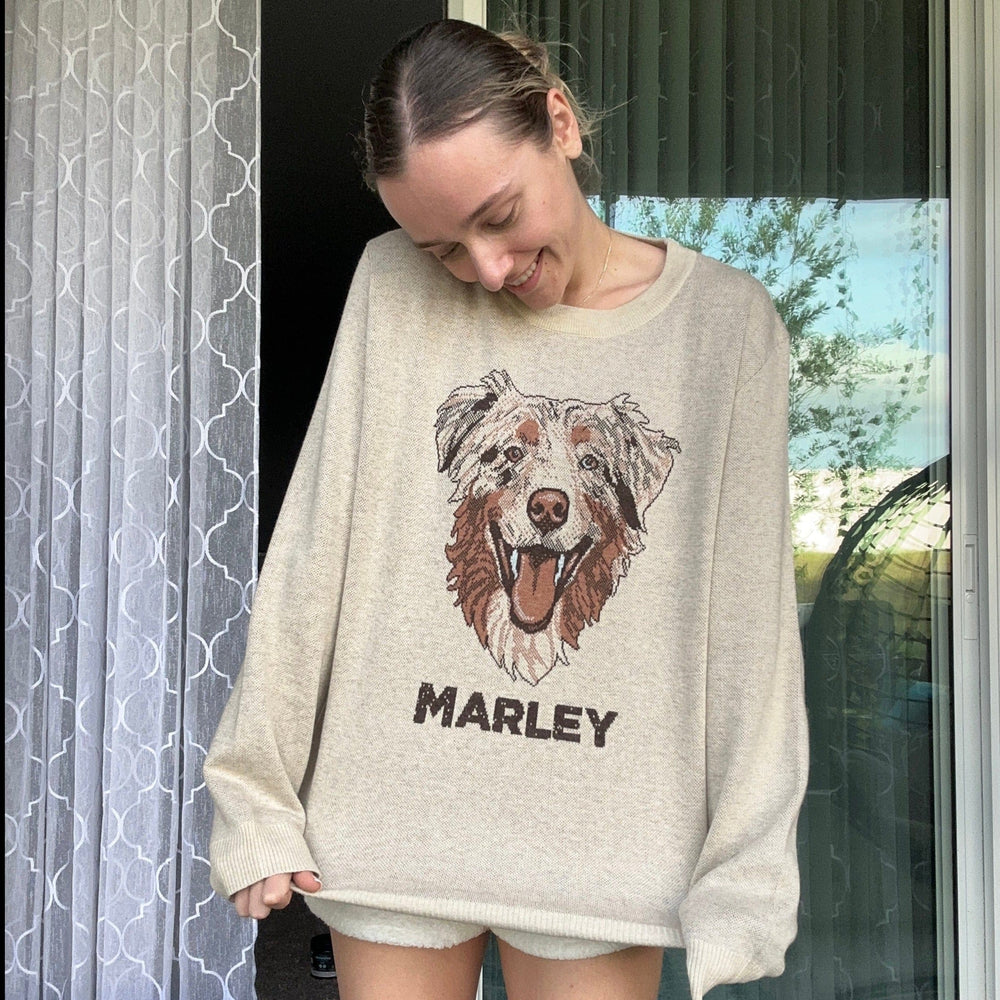


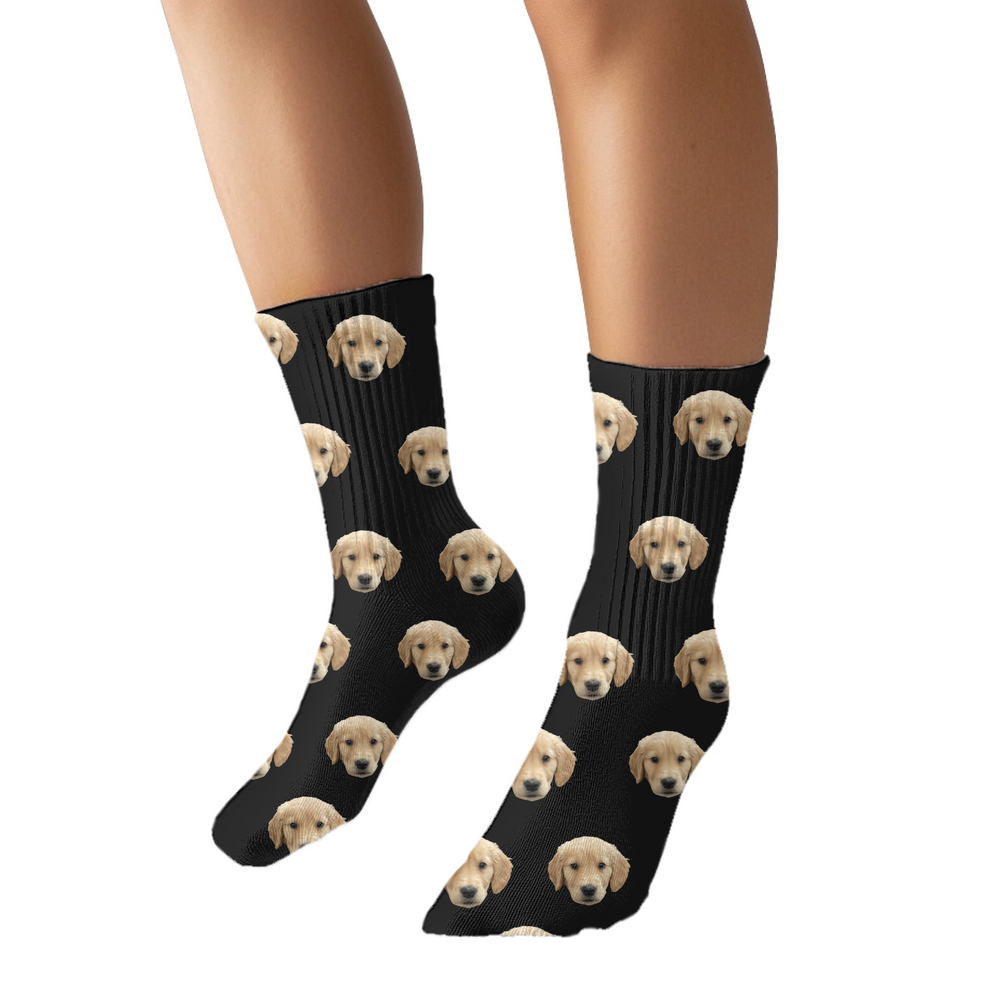

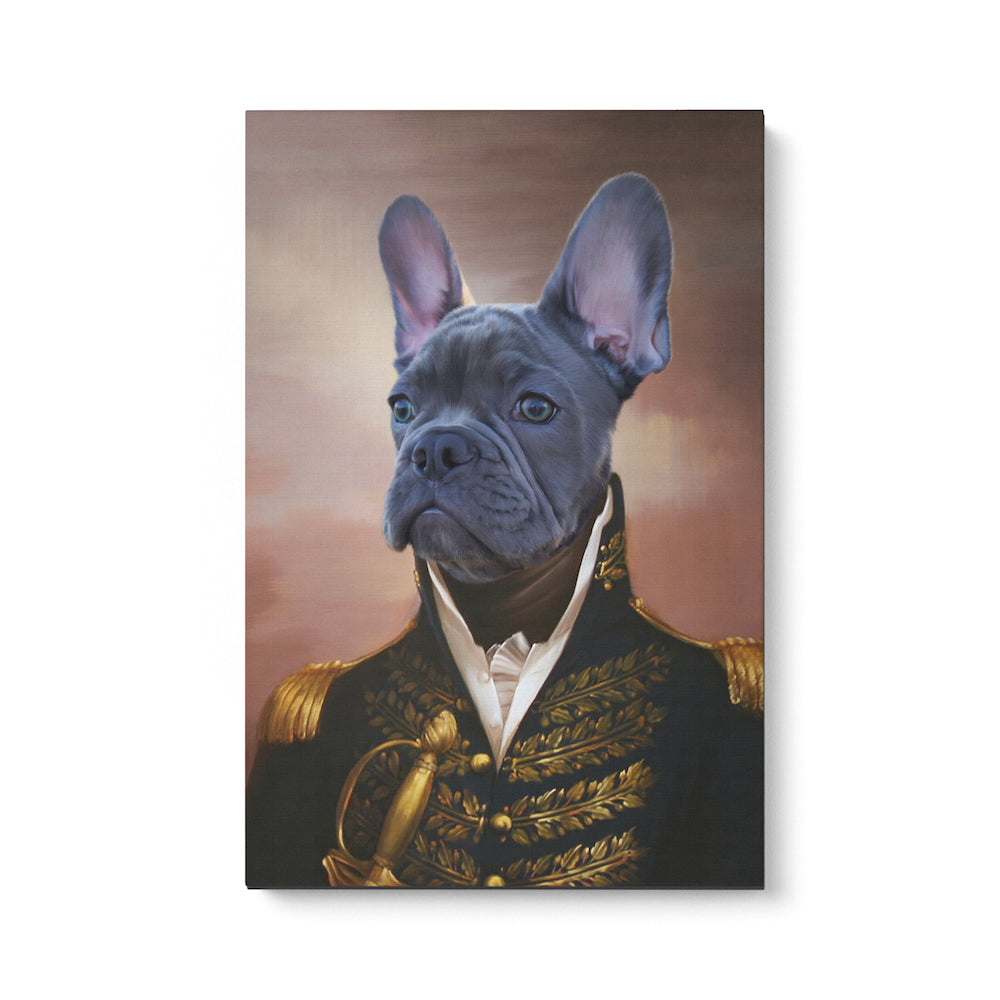
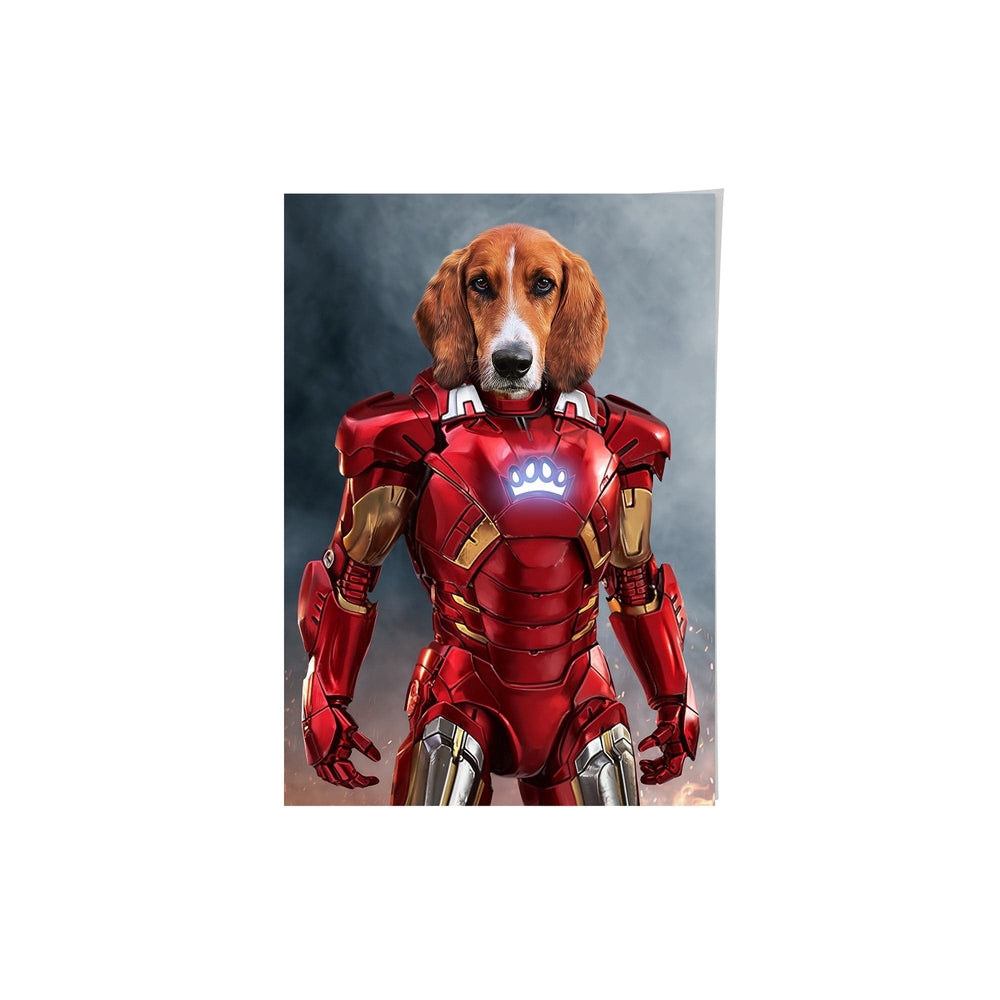
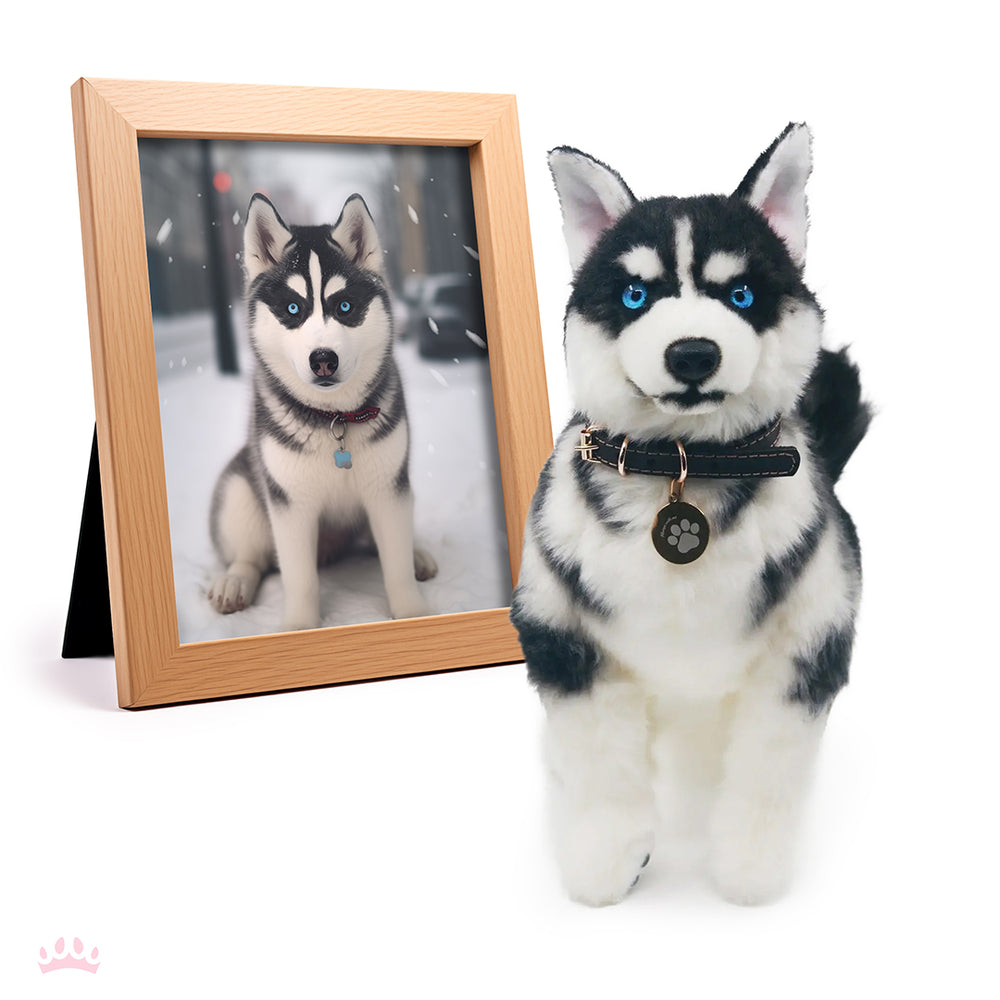
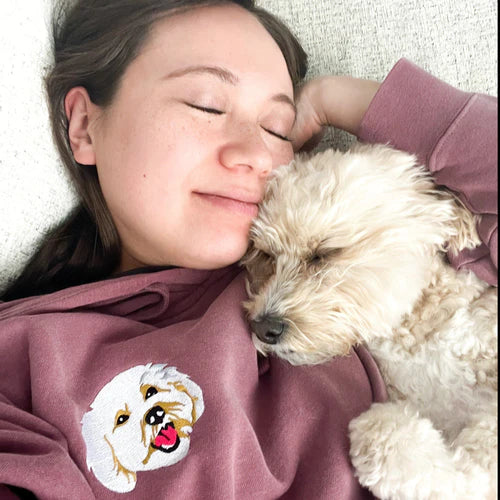
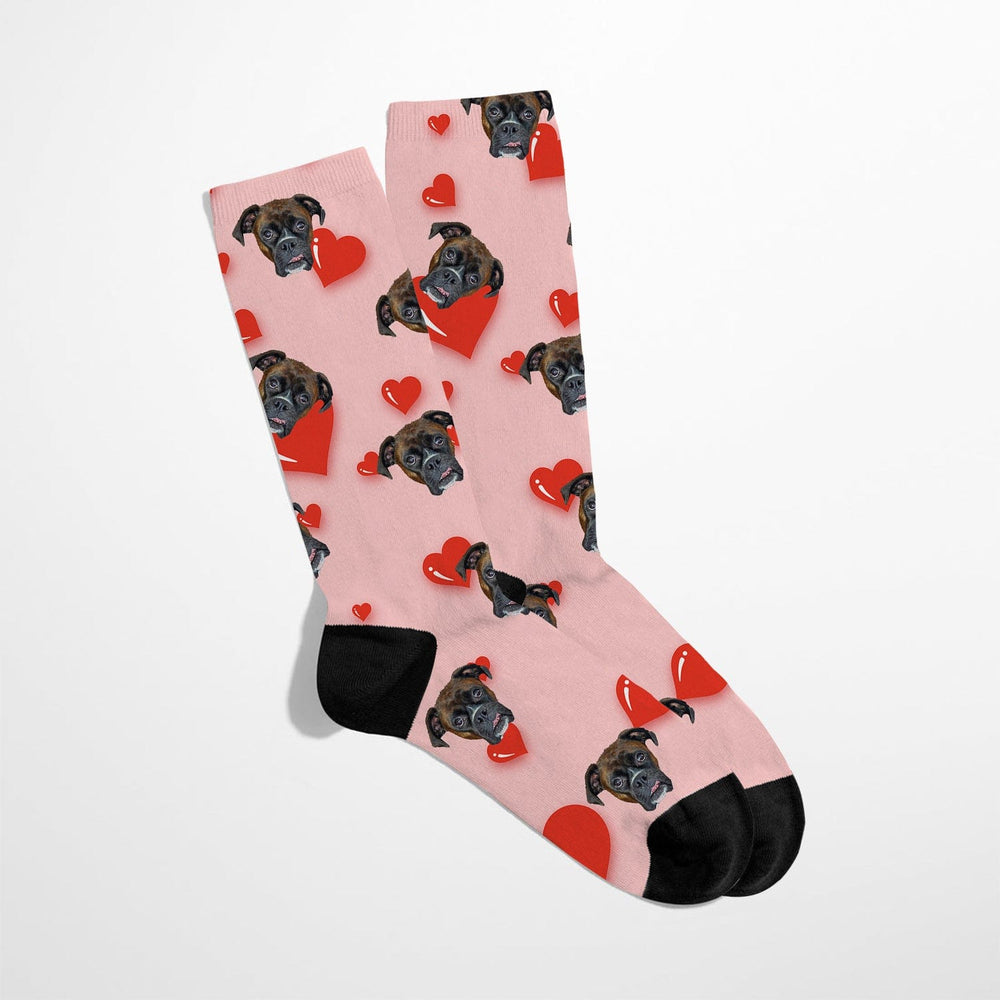
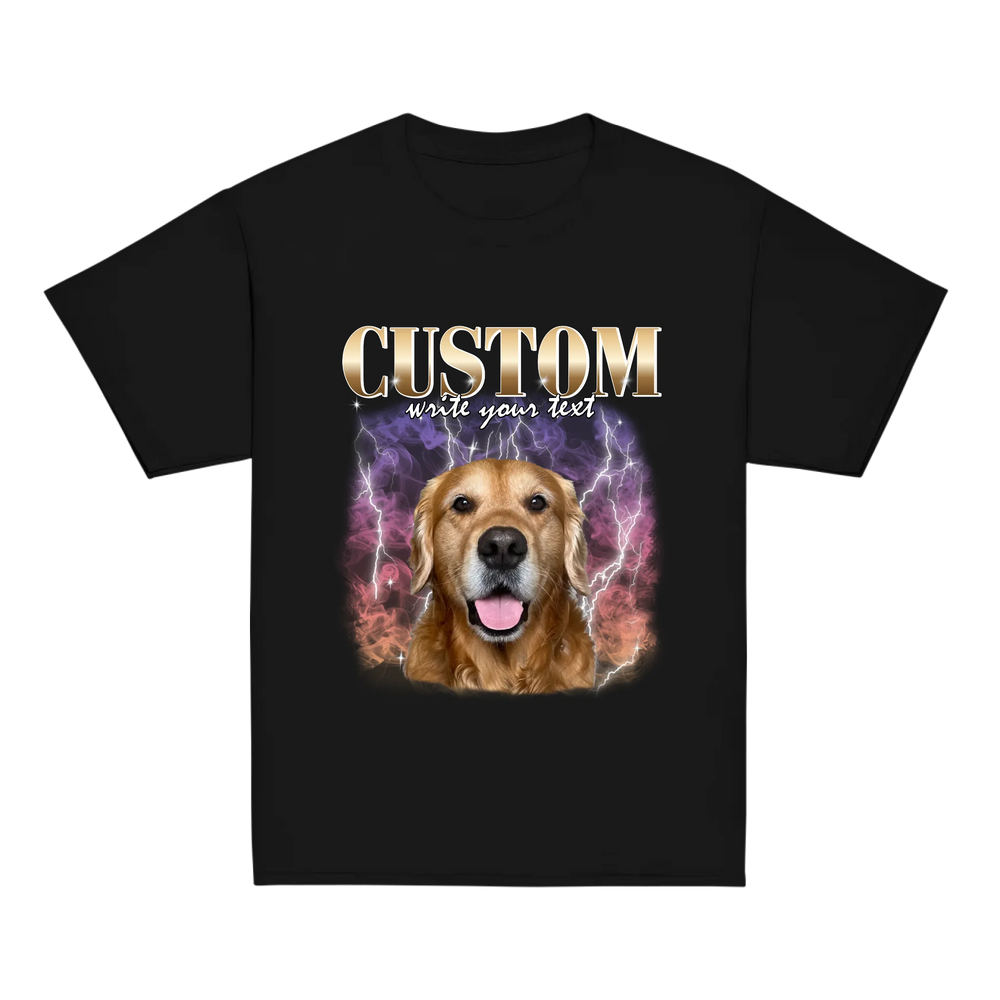
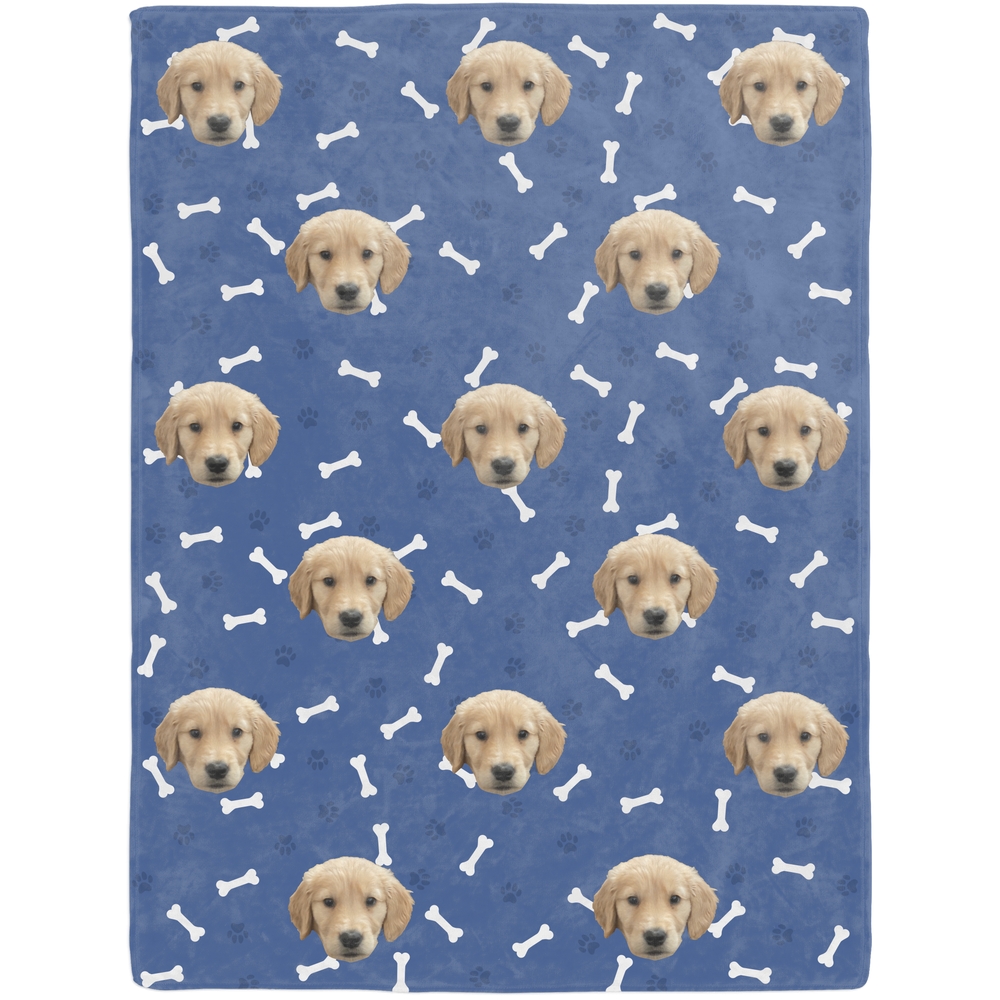


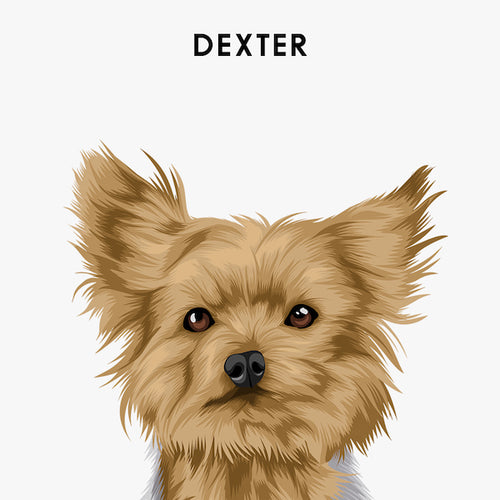


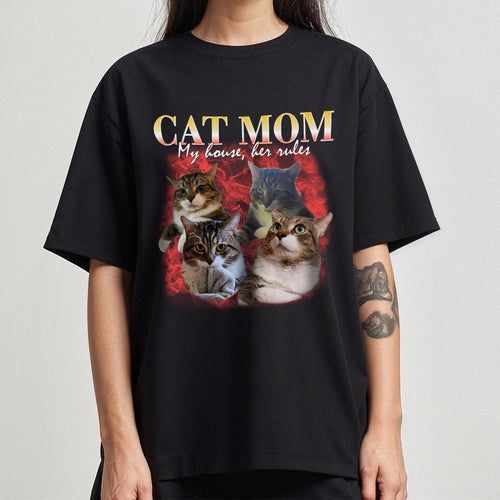



 Reviews
Reviews
 My Account
My Account
 Contact Us
Contact Us
 Help
Help
